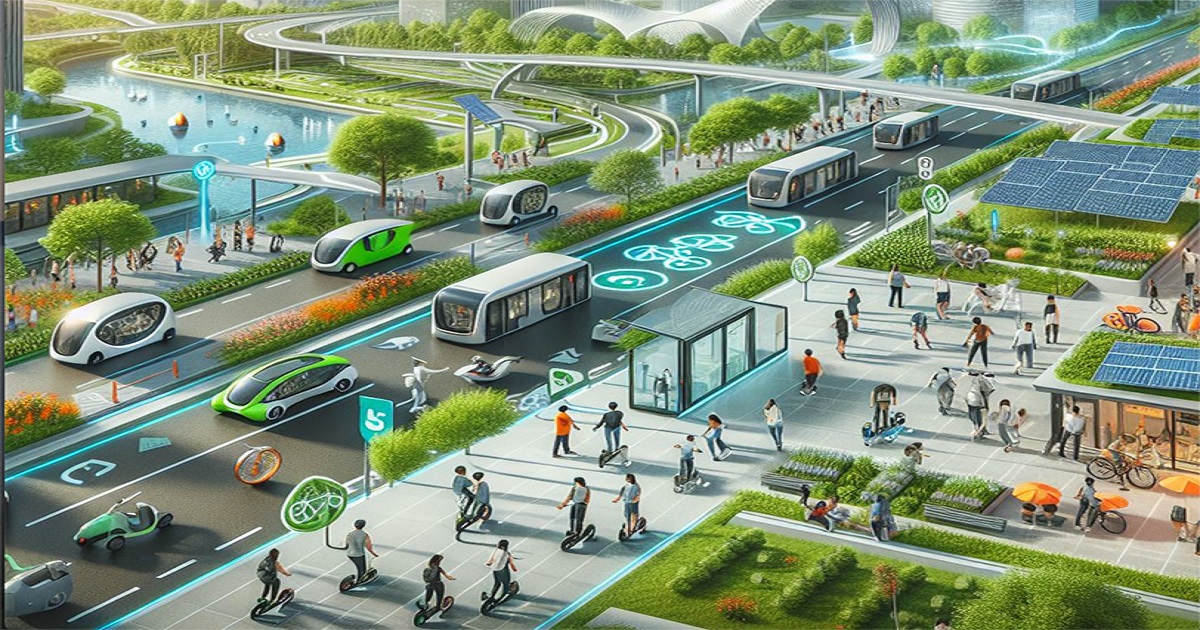Re-Shaping Transport and Mobility Through Design
A special issue of Applied Sciences (ISSN 2076-3417). This special issue belongs to the section "Transportation and Future Mobility".
Deadline for manuscript submissions: 28 February 2026 | Viewed by 1987

Special Issue Editors
Interests: industrial design; mobility
Interests: vehicle design; human–machine interactions
Interests: user-centred design; mobility
Special Issues, Collections and Topics in MDPI journals
Special Issue Information
Dear Colleagues,
The transport and mobility landscape is at a transformative juncture, driven by environmental imperatives, evolving technologies, and shifting societal expectations.
At the heart of this transformation is the role of design in shaping not only the physical products and systems but also the experiences and behaviours that define the future of mobility. This Special Issue of Applied Sciences seeks research contributions that address the future of transport and mobility through the lens of design. We invite submissions from academics, practitioners, and policy influencers who are innovating at the intersection of mobility, technology, and design. We are particularly interested in research that goes beyond technical solutions to consider the cultural, social, and ethical dimensions of future mobility.
Topics of interest for this Special Issue include, but are not limited to, the following:
- Sustainable Mobility Design: Solutions that prioritize eco-friendly materials, reduce carbon emissions, and encourage sustainable travel behaviors.
- User-Centric Mobility Design: Design methodologies that enhance user experience, accessibility, and inclusivity, particularly for underserved communities.
- Emerging Technologies in Mobility: The role of autonomous vehicles, micromobility devices, and mobility-as-a-service (MaaS) platforms in future urban systems.
- Active and Shared Mobility Systems: Redesigning infrastructure and products to support walking, cycling, and other non-motorized modes of transport.
- Policy and Design Synergies: Explorations of how design-led initiatives can support policy frameworks and drive systemic change in mobility practices.
As we explore the future of transport and mobility, this Special Issue aims to spotlight design’s potential to influence the choices, pathways, and policies that will define the movement of people and goods in the decades ahead.
Dr. Selby Coxon
Dr. Cyriel Diels
Prof. Dr. Andree Woodcock
Guest Editors
Manuscript Submission Information
Manuscripts should be submitted online at www.mdpi.com by registering and logging in to this website. Once you are registered, click here to go to the submission form. Manuscripts can be submitted until the deadline. All submissions that pass pre-check are peer-reviewed. Accepted papers will be published continuously in the journal (as soon as accepted) and will be listed together on the special issue website. Research articles, review articles as well as short communications are invited. For planned papers, a title and short abstract (about 250 words) can be sent to the Editorial Office for assessment.
Submitted manuscripts should not have been published previously, nor be under consideration for publication elsewhere (except conference proceedings papers). All manuscripts are thoroughly refereed through a single-blind peer-review process. A guide for authors and other relevant information for submission of manuscripts is available on the Instructions for Authors page. Applied Sciences is an international peer-reviewed open access semimonthly journal published by MDPI.
Please visit the Instructions for Authors page before submitting a manuscript. The Article Processing Charge (APC) for publication in this open access journal is 2400 CHF (Swiss Francs). Submitted papers should be well formatted and use good English. Authors may use MDPI's English editing service prior to publication or during author revisions.
Keywords
- mobility
- transport
- design
- sustainable
- user centric
- active mobility
- public transport
- emerging technologies
Benefits of Publishing in a Special Issue
- Ease of navigation: Grouping papers by topic helps scholars navigate broad scope journals more efficiently.
- Greater discoverability: Special Issues support the reach and impact of scientific research. Articles in Special Issues are more discoverable and cited more frequently.
- Expansion of research network: Special Issues facilitate connections among authors, fostering scientific collaborations.
- External promotion: Articles in Special Issues are often promoted through the journal's social media, increasing their visibility.
- Reprint: MDPI Books provides the opportunity to republish successful Special Issues in book format, both online and in print.
Further information on MDPI's Special Issue policies can be found here.







